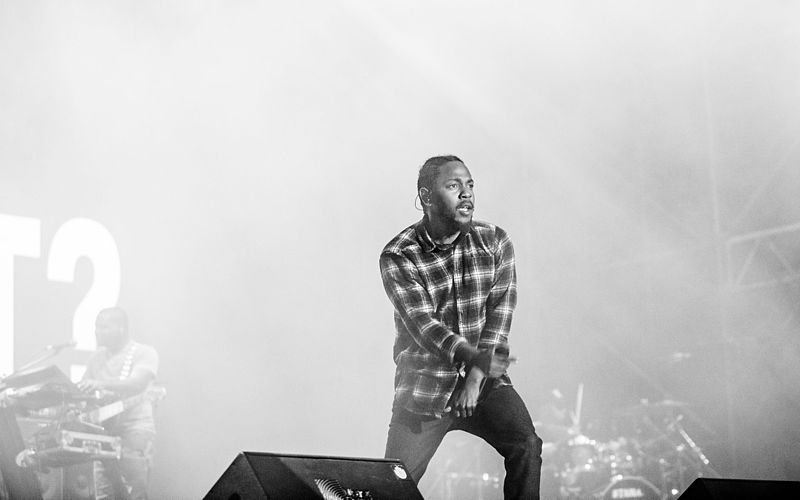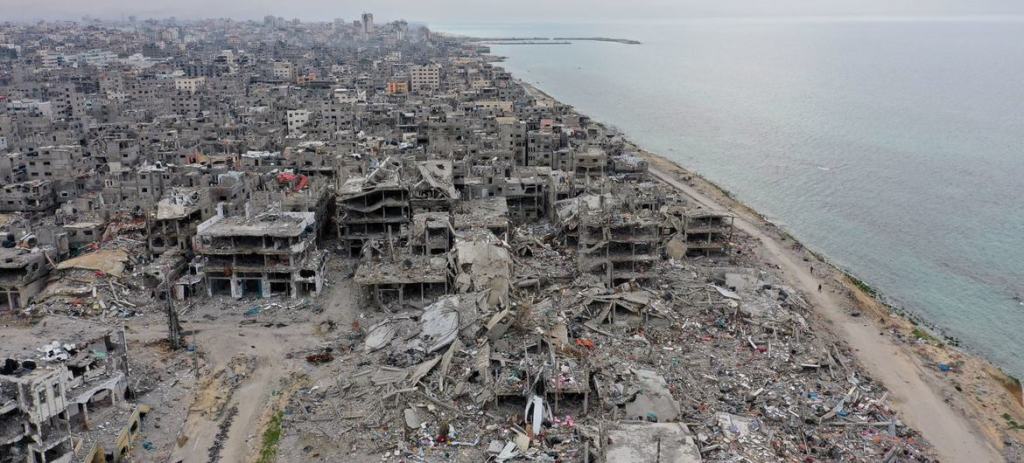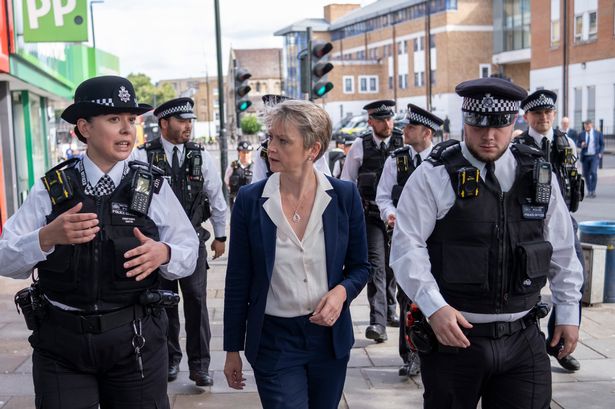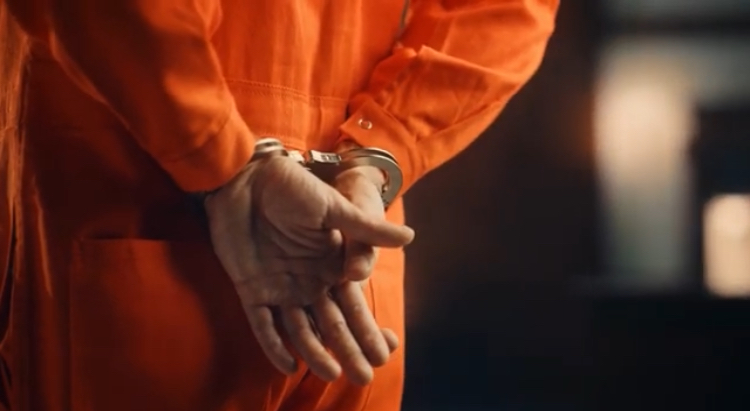Nathan Holder discusses how hip-hop is excluded from music education
One of the main reasons cited for hip-hop not being taught in schools is because of the glamourised violence contained in lyrics and videos. A whole genre of music and its creators remain censored in schools but thrive as soon as children leave school gates. Nielsen reported ‘a 72% increase in on-demand audio streaming in hip-hop but it continues to be ignored and demonised by many music educators in the UK. Does the need to censor a genre because of violence represent a double standard in education? It is undeniable that there is violence in some hip-hop, but should a few cases marginalise an entire genre?

The argument against hip-hop on the basis of violence is one to my mind which has no grounding in logic. The visual depiction of violence in the form of guns, knives or physical assault in music videos if often given as a reason to steer clear of the genre. However, the events of the Holocaust are taught in tremendous detail in schools across the country. Young children are exposed to the lifeless bodies of gassed Jews in open pits. Children are taught about the often suicidal forays into No Mans Land in WW1 trenches and the nuclear attacks on Hiroshima and Nagasaki. I remember learning about Jack the Ripper and what being ‘hung, drawn and quartered’ meant in primary school. Violence is taught and expected to be learnt in schools. Recently, there has been a debate about whether UK drill music is really behind London’s wave of violent crime. Perhaps it’s the exposure to Stalin, Hitler and medieval torture techniques which are having more of an effect than 808’s and balaclavas. The notion that these young black men glamourise violence is laughable given that the London Dungeons, one of London’s most famous attractions, is based almost entirely on violence and torture. The only difference is that these acts of violence were performed by white men in power – not impoverished black men in the inner cities of New York, LA and London. While some forms of violence are celebrated and promoted, other forms are blamed and chastised.
Do hip-hop and drill perpetuate gang violence, or are they just 1st hand accounts of real life for young black youth? Whichever stance one takes, the fact that young people are finding ways to not only articulate their stories but also produce and monetise original art should be celebrated.
Surely it is the job of education to help children understand the world around them, no matter how politically charged, violent or misogynistic? The avoidance of hip-hop, a music which has often politically challenged the status quo, is a refusal to shift away from a Eurocentric idea of music education, thus perpetuating an implicit sense of white superiority. With 86.2% of teachers being classed as White British (GOV, 2017), it is no surprise that the gap between the most popular forms of music worldwide today and what is currently being taught has never been as vast. ‘Music educators teach what they learned, and what they learned is likely to be the musical expression of old-world whiteness.’ (Hein, 2018)

I flung back the sticky red sheets,
and there, like I said – and ain’t life a bitch –
was his head on a platter.
Future? Jay-Z? MC Lyte? No. Carol Ann Duffy.
I remember reading and having to analyse this poem in English class at the age of 14 or 15. The implicit understanding is that Duffy didn’t literally wake up with someone’s head on a plate, but is merely recounting the (again violent) biblical story of John the Baptist, who was beheaded at the request of Salome. We studied this poem to understand how she carefully crafted the poem with figurative language and imagery stanza by stanza and line by line. Our teachers didn’t fear that any of us would murder any of our classmates and triumphantly present a severed head to her. ‘lyrical tales of criminal pursuits or even the verbal degradation of women, while uncomfortable, is not the same as actually carrying out those acts in real life’ (Smith-Strickland, 2017) One of the novels on the current AQA English Literature GCSE syllabus is the classic Dr. Jekyll and Mr.Hyde by Charles Dickens.
And next moment, with ape-like fury, he was trampling his victim under foot and hailing down a storm of blows, under which the bones were audibly shattered and the body jumped upon the roadway.
For some, violence is a permitted artistic expression. For others, it is abhorrent and has no place in education. The same goes for misogyny. An artist calling a woman a bitch is unacceptable. Henry VIII beheading two of his wives has been turned into a mnemonic to help children remember better. ‘Divorced, beheaded, died, divorced, beheaded, survived’. It doesn’t get more misogynist or violent than that.
Even though there is some violence contained in some hip-hop, grime and drill, many lyrics contain vital insights into the lives of the protagonists and their communities.
Ghetts’ Pick Up The Phone offers a glimpse into how language plays a role in everyday life:
Mum speaks three languages
Jamaican, Cockney and real well spoken
And theres other mums just like my mum,
It all depends who phones them

But these are lyrics. Production, melody and harmony form vital parts of much of hip-hop which children can learn from. The critically acclaimed and jazz influenced album To Pimp A Butterfly by Kendrick Lamar features some of the top jazz musicians in the world, challenging the idea that hip-hop is merely a compilation of loops. Childish Gambino’s Awaken, My Love feels like an homage to Parliament Funkadelic, one of the most sampled funk bands of all time. The gospel influenced track Blinded By Your Grace Pt.1 by Stormzy showcases an artist best known for his rhymes, singing with an honesty and sincerity, reflecting his background in church,
By failing to include hip-hop and its offshoots into music education, an opportunity to understand the deep wounds, political nuance and culture that tattoos, jewellery and expensive cars may not immediately convey is lost. The double standard of violence also sends a clear message to the creators of this music; that their stories, art and lives are not fit for mainstream consumption, let alone worthy of study. GCSE Music has seen a 7.4% decrease in applicants this year, while 40% of schools and colleges have ‘cut back on lesson time, staff or facilities for A-Level Music over the last two years (Newstatesman, 2018). Spotify reported that ‘hip-hop, as a genre, saw a 74% increase in listenership this year versus 2016’ (HNHH, 2017)The white male dominated music education system in the UK needs to take notice.
 Help support our work, please consider making a donation, it can be anything from £2 and takes no time at all. Or give what you can afford from £2 per month and become an MD member.
Help support our work, please consider making a donation, it can be anything from £2 and takes no time at all. Or give what you can afford from £2 per month and become an MD member.
Nathan Holder graduated with a Distinction in a Music Performance Masters from Kingston University, collecting the MMus Music Prize in the process. He has performed across Europe with artists such as Ed Sheeran and Petite Meller, and was appointed musical director for two original musical theatre shows in Hamburg, Germany. He is the director of OmniMusic Education and his first book entitled ‘I Wish I Didn’t Quit’ is available now.
All work published on MD is the intellectual property of its creators, and requires permission to be republished. Contact us if you have any questions.










Leave a reply to Nate Cancel reply